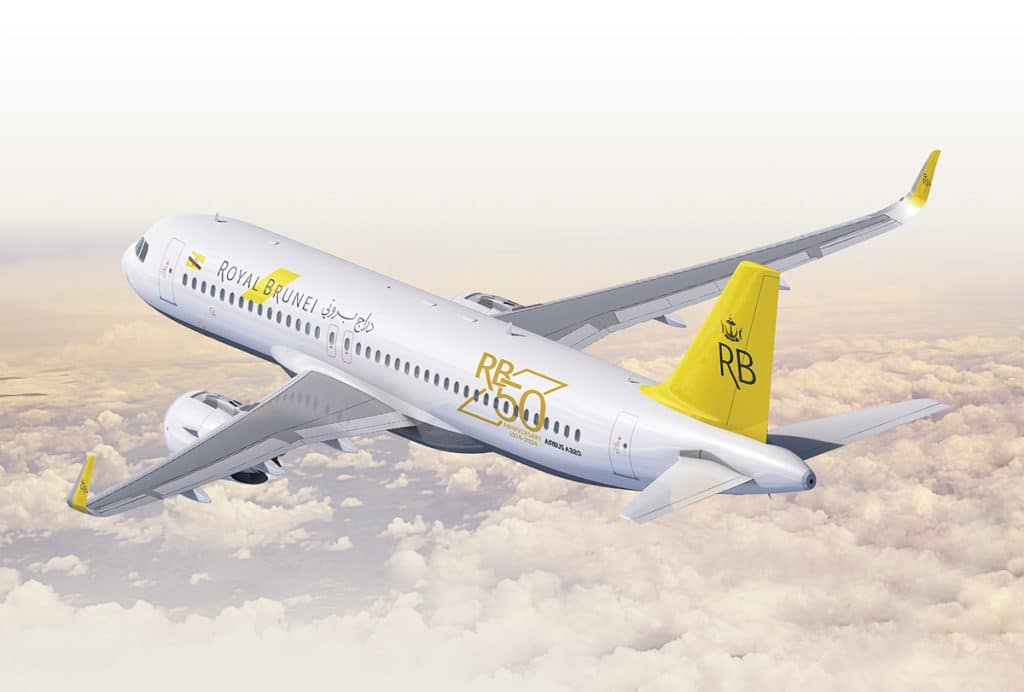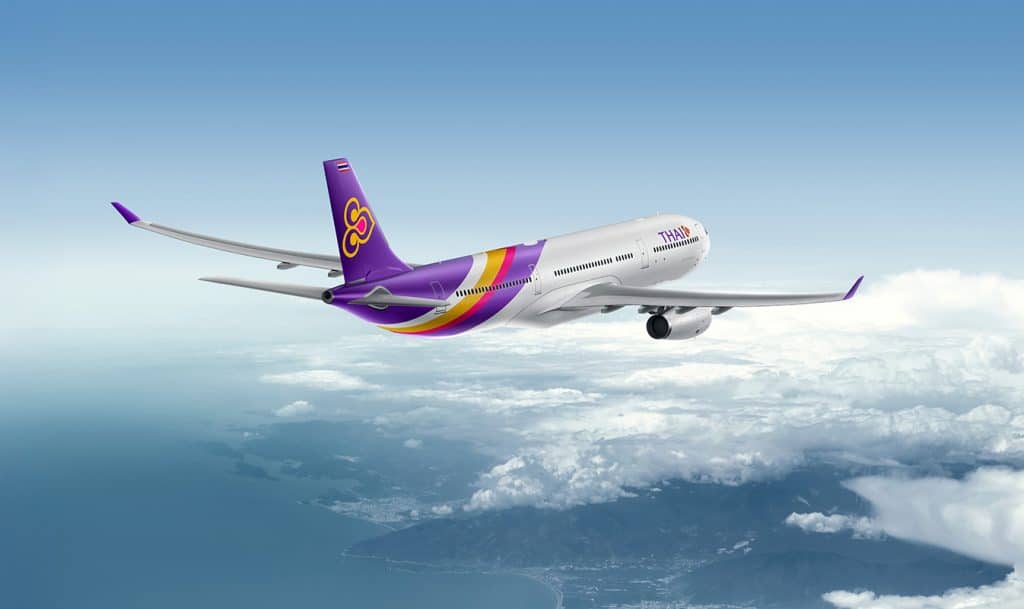Unmatched Reliability: Intelsat’s Cutting-edge Antenna Elevates Non-stop Inflight Connectivity Experiences
Sergio Carlos, Director, Quality Assurance
Intelsat’s global satellite network delivers the breadth, coverage, and capacity that makes it possible for airlines to deliver a superior inflight experience for all passengers. However, ensuring that every passenger in every seat on every plane can enjoy a premium connectivity and entertainment experience is heavily dependent on the quality of the terminals, antennas, and core equipment installed on the aircraft.
For this reason, in addition to continuous investment in enhancing its satellite and ground network, Intelsat collaborates with leading aerospace manufacturers to develop next-generation antennas that deliver new levels of inflight connectivity reliability.
Working in tandem with BAE Systems (formerly Ball Aerospace) and Stellar Blu Solutions, Intelsat has developed a next-generation Electronically Steered Array (ESA) antenna designed to ensure maximum reliability of Intelsat’s “Non-stop” inflight connectivity service no matter where an aircraft flies.
Existing antennas installed on aircraft are typically composed of multiple moving parts that are susceptible to wear and tear, vulnerable to extreme elements, and therefore inherently less reliable. The ESA antenna is a singular lightweight unit with no moving parts. Instead of mechanically steered components constantly adjusting as the aircraft flies, the ESA antenna connects to satellites electronically, dramatically reducing the likelihood of failure. Each antenna consists of nine individual arrays that can operate independently, offering multiple levels of redundancy compared to the traditional mechanically steered antennas.
Intelsat’s ESA antenna has the flexibility to connect to satellites in both geostationary (GEO) and non-GEO (NGEO) orbits, allowing airlines to access and benefit from the company’s multi-orbit network.
In addition to enhanced reliability, the ESA antenna contributes to airlines’ cost and sustainability goals. Its diminished size and weight reduces drag, leading to fuel savings and lower CO2 emissions. And, in the event the antenna should require service, Intelsat’s Adapter Plate design requires zero sealant or specialized tooling; thus repairs can be made in less time as compared to legacy antennas, allowing planes to return to service sooner.
During any flight, an aircraft will experience extreme changes in temperature, significant pressurization forces, constant vibration, and any number of atmospheric and environmental elements. Intelsat’s ESA system is designed to endure these harsh conditions and continue to operate with maximum effectiveness.
Intelsat continues to put the ESA antenna through a gauntlet of tests to ensure the antenna performs as expected when facing the most extreme conditions. By simulating flight experiences and exposing the antenna to temperatures and vibrations that exceed the limits of design, Intelsat is able to identify opportunities to further improve performance and deliver even higher levels of reliability. With innovations like the ESA antenna, Intelsat is delivering unmatched reliability & performance, enabling its airline partners to offer enhanced inflight connectivity experiences that drive passenger loyalty in the highly competitive airline industry.
To learn more, we invite you to watch our stories of innovation to hear directly from those whose lives are impacted and see how pushing innovation forward can bring your business, your customers and your world closer. unifiednetwork.intelsat.com






















